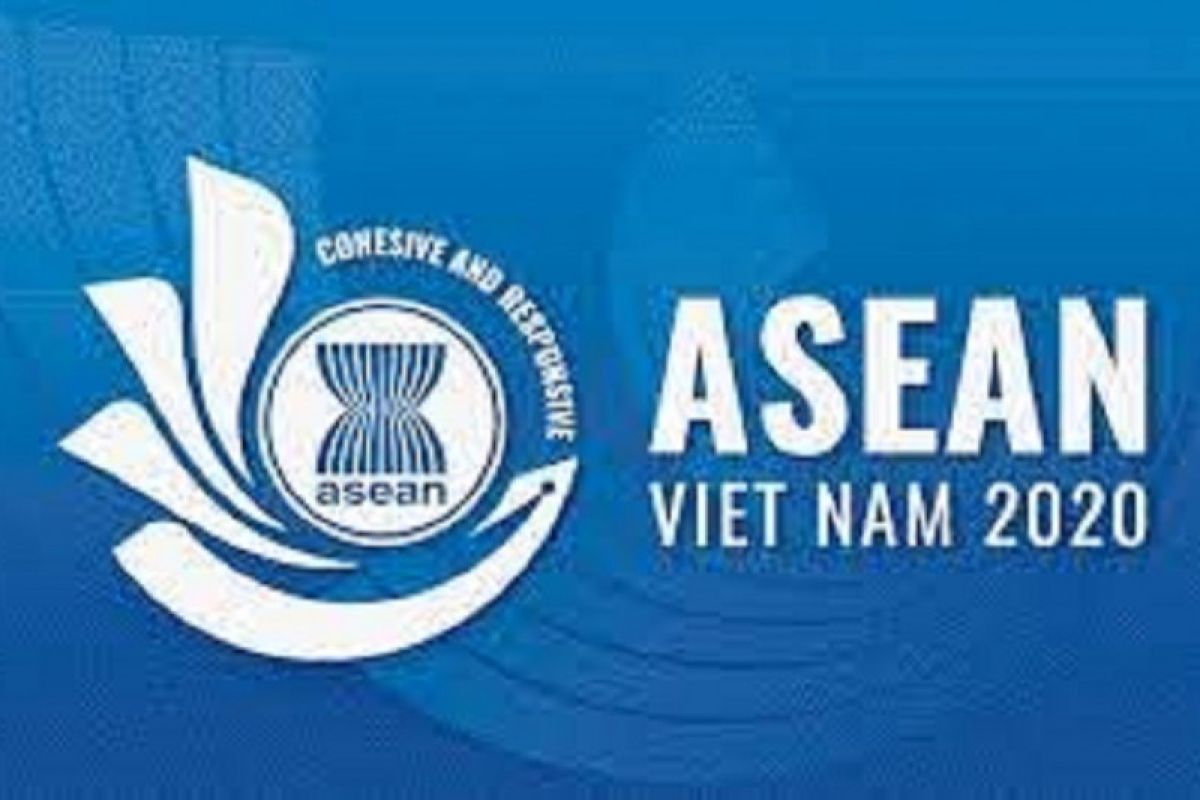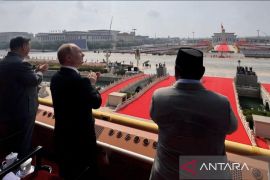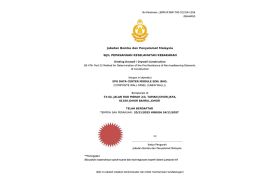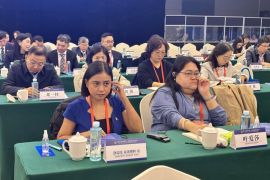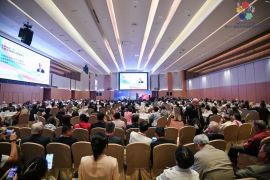As discussed at the meeting and noted in a statement published on the official website of the ASEAN Viet Nam 2020, seven out of the 13 priorities have been completed, while implementation for the rest is ongoing.
The delegates also looked at a preliminary report on the mid-term review of the implementation of the blueprint.
According to the report, which is one of the 13 priorities proposed by Vietnam in an effort to improve the implementation of the blueprint, as of the second quarter of this year, the ASEAN had completed up to 84 percent of the set measures.
The participating ministers approved 12 recommendations to help ASEAN attain the targets set for the remaining period of 2021-2025 amid the rapid, unforeseeable regional and international situation.
2020 is a distinctive year for the ASEAN as the COVID-19 pandemic has triggered difficulties in production, trade, and investment in the region.
Hence, the ministers have mulled over economic proposals and initiatives to maintain supply chains and facilitate economic recovery, approved by ASEAN and its partners: China, Japan and South Korea.
Vietnamese Minister of Industry and Trade Tran Tuan Anh, who chaired the meeting, affirmed that the ASEAN had emerged as a dynamic and significant player in the global economy, becoming the fifth-largest economy globally, with a combined gross domestic product of US$3 trillion.
All accomplishments have ushered in an improvement in the livelihoods of people across the region, the minister pointed out.
The AEC Council has been endeavoring to realize the AEC Blueprint 2025, with the objective of turning ASEAN into a highly integrated and cohesive economy and a competitive, innovative, and dynamic ASEAN as well as striving for enhanced connectivity and sectoral cooperation; a resilient, inclusive, people-oriented, and people-centric ASEAN; and a global ASEAN.
The delegates also looked at a preliminary report on the mid-term review of the implementation of the blueprint.
According to the report, which is one of the 13 priorities proposed by Vietnam in a bid to enhance the implementation of the blueprint, as of the second quarter of this year, ASEAN had completed up to 84 percent of the set measures.
However, Anh drew attention to a rapidly changing world with unpredictable challenges, and a declining trend in both trade and cross-border investment, necessitating the ASEAN to identify novel strategies to advance AEC cooperation, particularly in supporting production capacity, strengthening intra-regional trade and investment, sustaining the value chain and bridging the development gap among member states, so as to keep moving towards the goal of winning a single market and production base, with high-level of economic development, and fully integrate into the global economy.
The ASEAN has remained unwavering in demonstrating its commitments to regional economic integration under the AEC Blueprint 2025, Anh emphasized.
On the occasion, the ministers signed a memorandum of understanding (MoU) on the implementation of non-tariff measures on essential goods, aiming to implement the Hanoi Plan of Action on enhancing economic cooperation within ASEAN and connecting supply chains amid the COVID-19 pandemic.
The meeting also approved a report of the AEC Council to be submitted to the 37th ASEAN Summit scheduled for November 12-15.
In conversation with the press on the sidelines of the meeting, Director of the Department of Multilateral Trade Policy under the Vietnamese Ministry of Industry and Trade Luong Hoang Thai stated that one of the issues faced by the ASEAN was non-tariff barriers within the bloc, especially in the context of COVID-19 having created difficulties for businesses.
The MoU will help to tackle problems in the short term while setting forth a new framework for the bloc to handle issues that businesses would encounter during the process of regional integration.
Thai spoke of the ministers having concurred on initially adding over 150 production lines in the MoU, such as pharmaceutical products and medical supplies, which will be extended in the time ahead, including food.
Related news: 37th ASEAN Summit and related meetings commence
Related news: ASEAN centrality as principle underlying Indo-Pacific cooperation
Close
EDITED BY INE
Reporter: Yuni Arisandy Sinaga
Editor: Fardah Assegaf
Copyright © ANTARA 2020
